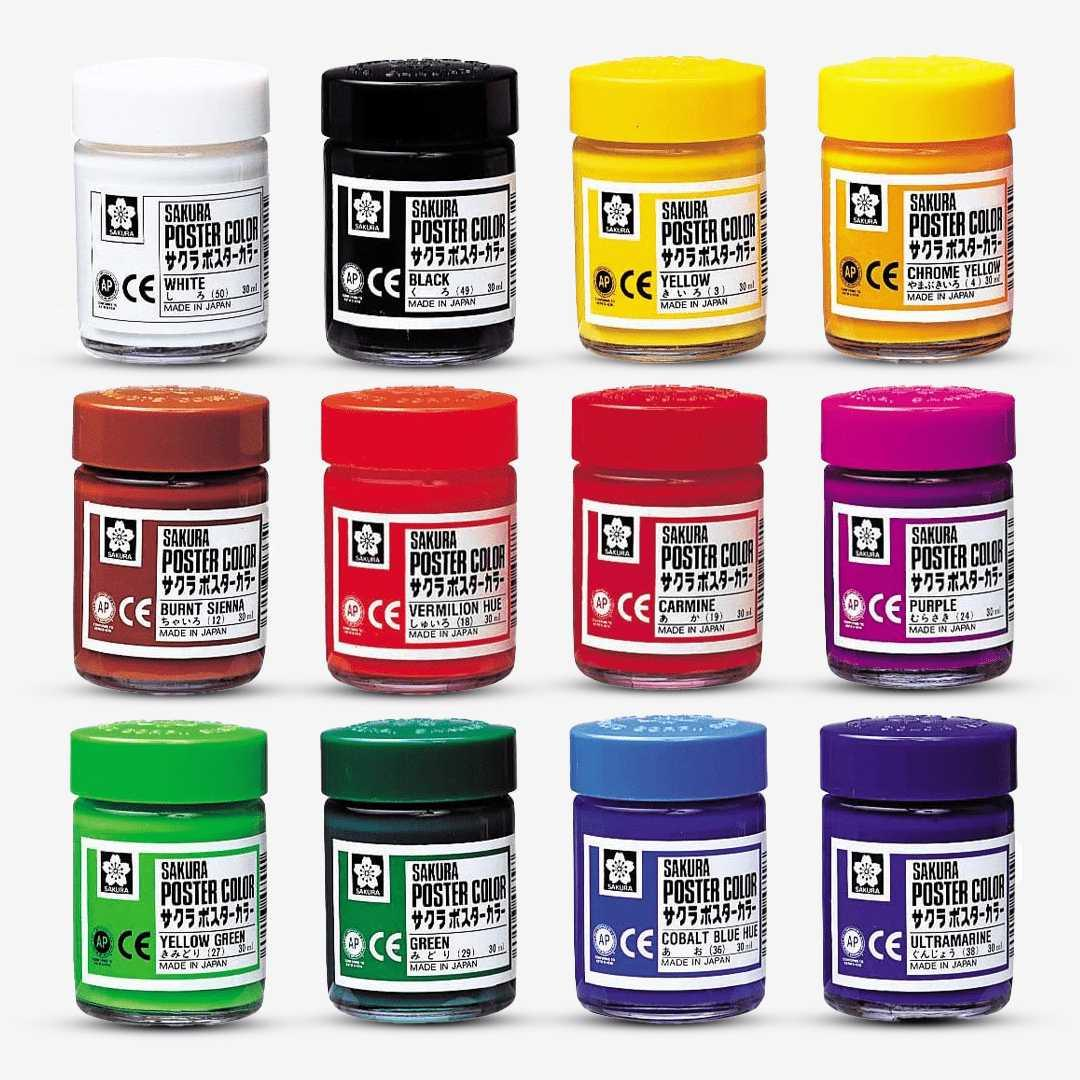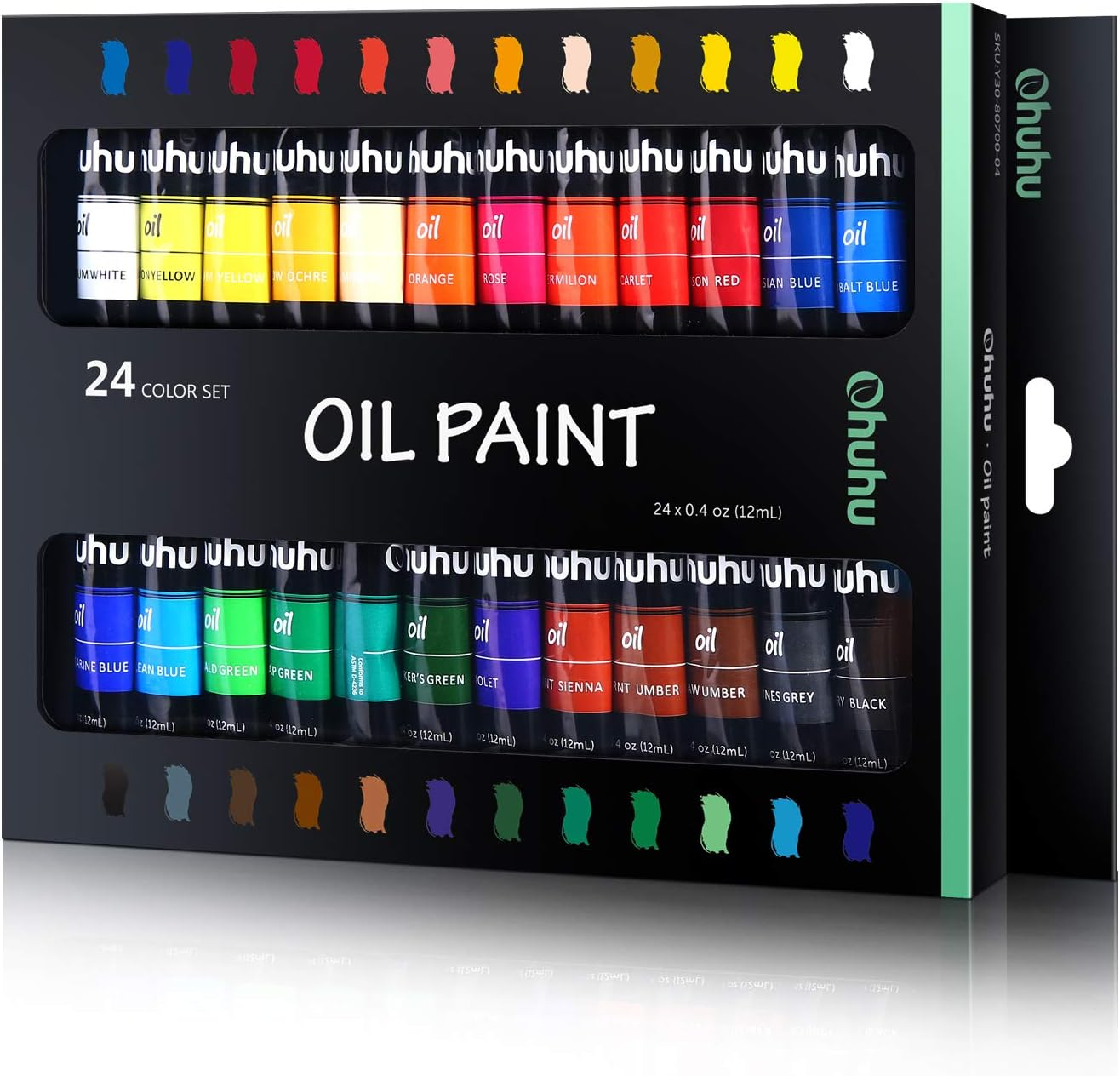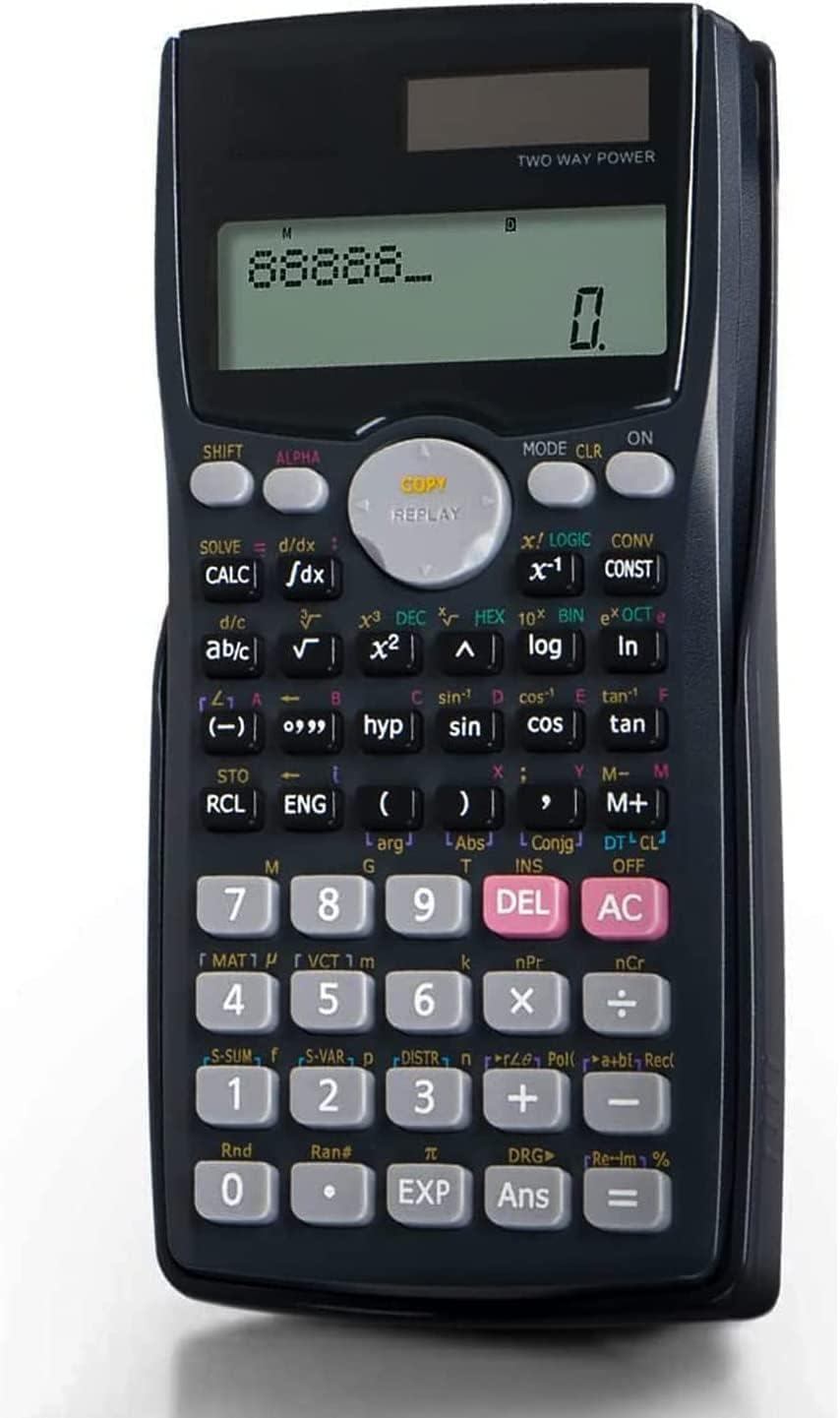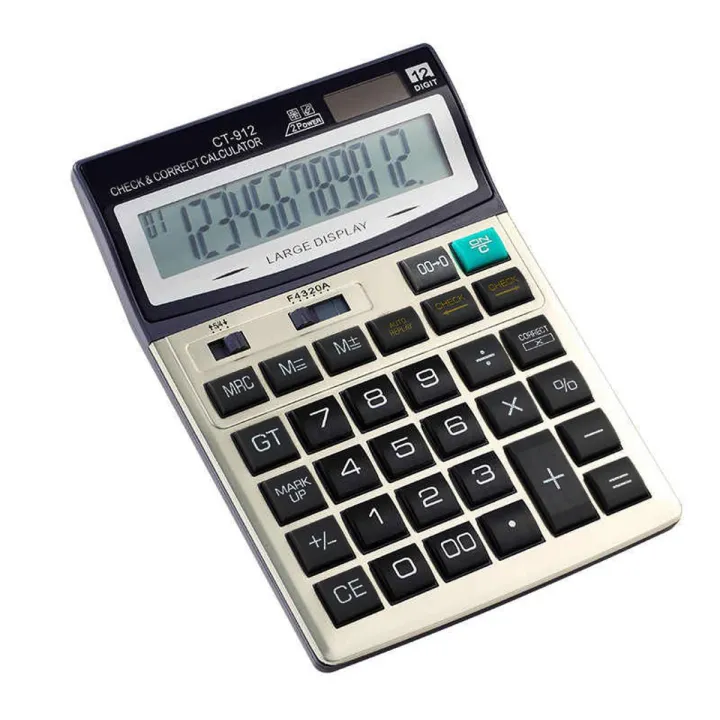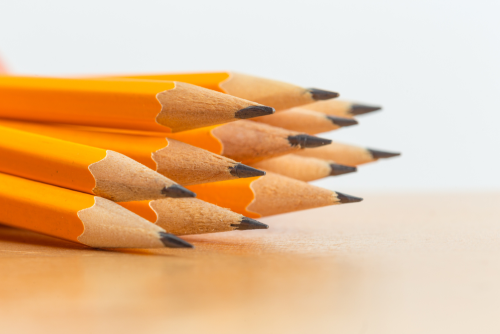

Products

Description:
Pencils:
Pencils are an essential writing and drawing tool used by students, professionals, artists, and everyday individuals alike. From simple note-taking to detailed sketching, pencils offer versatility, precision, and convenience in a wide variety of applications. Available in different types and grades, pencils can cater to a range of tasks, including writing, technical drawing, shading, and artistic creation. Whether you’re looking for a basic pencil for everyday use or a specialized pencil for intricate drawing or design, pencils are an indispensable part of daily life.
Specifications:
Material Composition:
- Wooden Casing: Typically made from cedar wood or recycled materials that are easy to sharpen. Eco-friendly versions may use sustainable wood or biodegradable materials.
- Core: The core is usually made from a mixture of graphite and clay, offering different levels of hardness. Some pencils feature colored or charcoal cores for specialized tasks.
- Eraser: Many pencils come with a rubber eraser at the top, which can be replaced or used for minor corrections.
Types of Pencils:
- Graphite Pencils: Commonly used for writing, sketching, and drawing. They are graded by hardness, ranging from 9H (hardest) to 9B (softest).
- Colored Pencils: Pencils with a core made from colored pigments, used for drawing and coloring.
- Mechanical Pencils: Pencils with a retractable lead that eliminates the need for sharpening. They are often used for precise writing and technical drawing.
- Charcoal Pencils: Used by artists for drawing with a dark, rich tone, typically in art and sketching.
- Watercolor Pencils: Pencils that can be used dry or wet to create watercolor-like effects, especially for artistic projects.
Length and Size:
- Standard Length: Usually 7 to 8 inches in length, but can vary slightly depending on the type of pencil.
- Diameter: Typically around 7-8 mm in diameter, but mechanical pencils may vary in size depending on the lead thickness.
Grading System for Graphite Pencils:
- H Scale: Hardness (9H is very hard and produces a light mark, 1H is slightly softer).
- B Scale: Blackness (9B is very soft and produces a dark, rich mark, 1B is moderately soft).
- F: Fine point (in between H and B).
Features:
Writing and Drawing Versatility:
- Pencils can be used for a wide range of tasks including writing, sketching, shading, and technical drawing.
- Graphite pencils offer varying degrees of hardness for different types of lines and shading, from fine, precise lines to dark, bold marks.
- Colored pencils are perfect for adding vibrancy to drawings or for creative coloring.
Erasable and Correctable:
- Most pencils come with an eraser, allowing for quick corrections, erasing, or refining of work.
- Graphite pencils can be easily erased from most surfaces, making them ideal for both rough sketches and finalized work.
Convenient and Portable:
- Pencils are lightweight, compact, and easy to carry. Whether in a pencil case, desk drawer, or notebook, they are always ready for use.
- Mechanical pencils eliminate the need for sharpening, making them more convenient for continuous writing or detailed technical work.
Comfortable Grip:
- Pencils often come with a hexagonal or round shape that is easy to grip for extended periods, reducing hand fatigue during long writing or drawing sessions.
- Many pencils have soft rubber grips for added comfort and control, especially in professional-grade writing or artistic tools.
Durable and Long-Lasting:
- Quality pencils are made from durable materials, providing long-lasting performance without frequent breakage. Even with regular use, well-made pencils stay intact and functional for a significant amount of time.
- Mechanical pencils feature refillable leads that offer extended use without the need for frequent replacements.
Why Choose Pencils?
Precision and Control:
- Pencils allow for precision and control in every stroke. Whether you need fine lines for note-taking or shading for art, pencils are highly adaptable for various styles and techniques.
- The gradual change in shading and detail allows users to create intricate patterns or smooth gradients, particularly with softer grades like 2B to 9B.
Affordability and Accessibility:
- Pencils are generally affordable and accessible to anyone. From students to professional artists, a reliable pencil is within everyone’s reach.
- They are inexpensive and often available in bulk packs, which makes them an economical option for both everyday use and artistic projects.
Environmentally Friendly Options:
- Many brands offer eco-friendly pencils made from sustainable wood and non-toxic materials, promoting responsible use of resources.
- Some brands also provide recyclable packaging, minimizing waste and environmental impact.
Applications:
Writing:
- Perfect for daily note-taking, schoolwork, and office tasks. Pencils provide a smooth, consistent writing experience, ideal for quick notes, lists, and drafts.
- Mechanical pencils are excellent for fine handwriting or technical writing where precision is key.
Art and Sketching:
- Graphite pencils are commonly used by artists for sketching, drawing, and shading in a wide range of artistic projects.
- Colored pencils offer vibrant tones for artistic creations, such as illustrations, crafts, and designs.
- Charcoal pencils provide intense darks and are ideal for artistic shading, portrait drawing, and expressive artwork.
Technical Drawing:
- Pencils are indispensable for drafting and technical drawing, offering precise lines that can be easily erased and corrected.
- Mechanical pencils with fine leads are preferred for technical drawing due to their consistent line width and reliability.
Educational Use:
- Essential for students, pencils are commonly used in schools for exams, homework, and test-taking.
- In standardized tests, pencils are required for answer sheets and bubble sheets, making them indispensable in educational settings.

